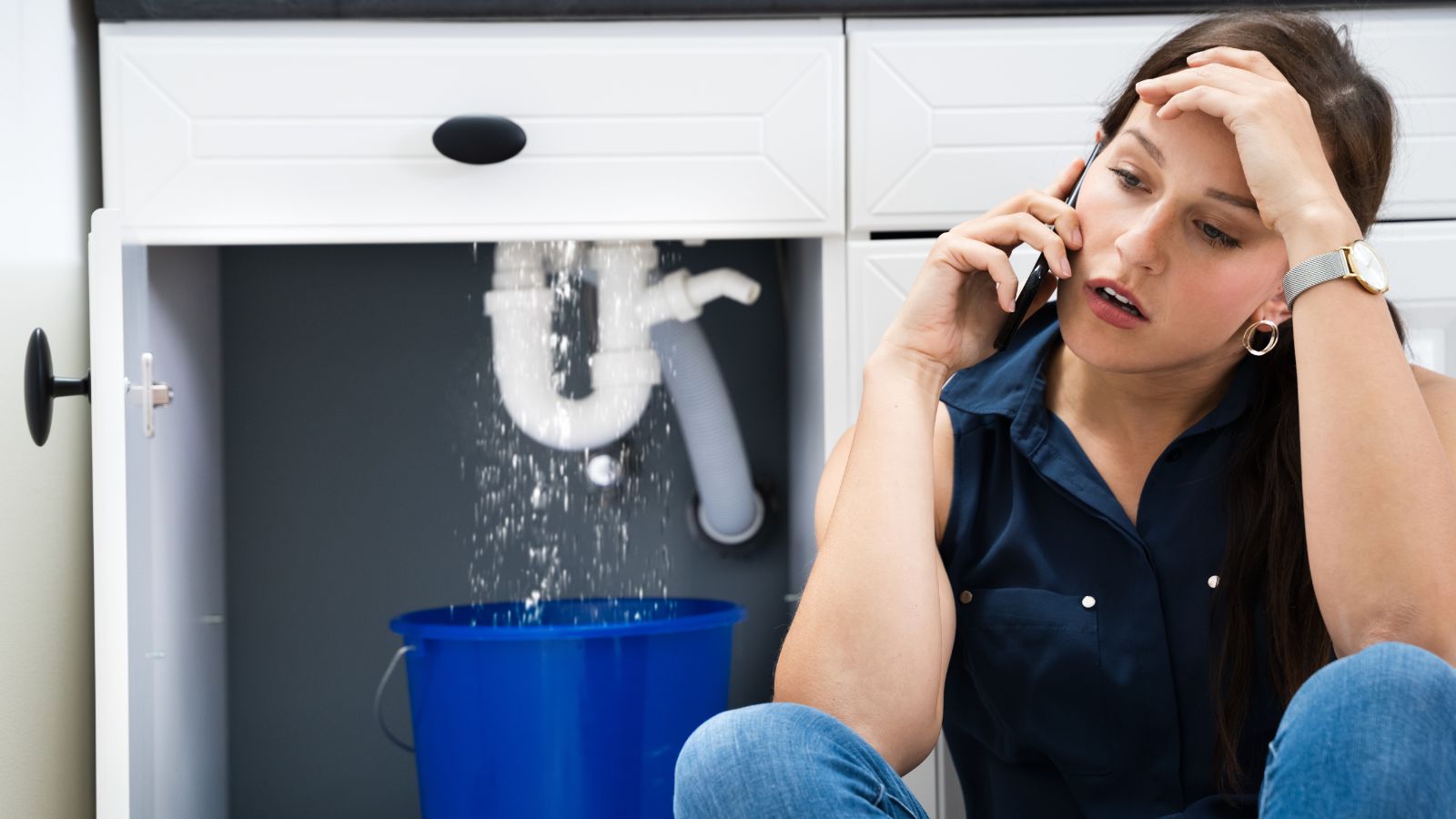Disasters like fires, storms, and accidents are unpredictable, and they can cause serious damage to your home and property. While it’s impossible to foresee when they will occur, homeowners can take proactive steps to minimize the impact of such events. Disaster-proofing your home involves preparing it for the unexpected, ensuring that your family and property are better protected.
Taking the right precautions can reduce the risk of catastrophic damage and make recovery easier in the aftermath of an emergency. If you experience fire or storm-related damage, it’s important to call experts for assistance. For example, seeking help for Fire Damage in NYC can ensure your home is properly restored, preventing further complications and getting your home back to its original condition.
By taking the right steps to disaster-proof your home, you’ll be more prepared for whatever unexpected event may come your way. Planning ahead can bring you peace of mind and confidence in your home’s safety.
Install and Maintain Smoke Detectors
Installing and maintaining smoke detectors is one of the most important safety measures you can take in your home. Smoke detectors provide an early warning in case of fire, giving you and your family more time to evacuate and reduce the risk of serious injury or damage.
It’s essential to install smoke detectors in key areas, including each bedroom, hallway, and near the kitchen. Test the detectors monthly and change the batteries at least once a year. Also, ensure the detectors are in working order by cleaning them and checking their expiration dates regularly.
If your home suffers fire damage despite these precautions, professional fire damage restoration services can help restore your home to a safe, livable condition. Proper maintenance of your smoke detectors is crucial in preventing fire-related tragedies.
Clean and Maintain Gutters
Cleaning and maintaining gutters is crucial for protecting your home from water damage. Gutters direct rainwater away from your roof, walls, and foundation, preventing costly issues like leaks, mold growth, and foundation damage. Regular cleaning helps to avoid debris buildup, which can cause blockages and prevent water from flowing properly.

It’s recommended to clean your gutters at least twice a year, especially during the spring and fall when leaves and debris tend to accumulate. If your gutters are clogged, water may overflow, potentially damaging your roof and siding. You should also check for any loose or damaged sections that need repairing to ensure proper drainage.
Taking the time to clean and maintain your gutters can save you from expensive repairs down the road and help keep your home safe from water damage.
Reinforce the Roof and Siding
Reinforcing your roof and siding is an essential part of maintaining the structural integrity of your home. Over time, wear and tear from weather conditions can weaken these components, leading to potential leaks, drafts, and even more severe damage. Reinforcing your roof and siding helps protect your home from the elements and prevents costly repairs.
Start by checking for damaged shingles, cracks, or missing pieces on your roof, and have them repaired promptly. Inspect the siding for signs of deterioration or gaps that may let in moisture. Regular maintenance and repairs can help improve energy efficiency and prevent water damage from affecting the interior of your home.
Investing in roof and siding reinforcement now can save you significant costs in the future by reducing the risk of more extensive damage.
Trim Trees and Manage Landscaping
Trimming trees and managing landscaping is crucial for protecting your home during emergencies or natural disasters. Overgrown trees can become dangerous in high winds or storms, with branches posing a risk of falling onto your roof, windows, or fences. Regularly trimming trees helps reduce the chance of these branches causing damage during severe weather.
Additionally, keeping plants and trees away from the foundation is essential. In heavy rain or flooding, overgrown roots can weaken your foundation or cause drainage issues, leading to water damage. Proper landscaping management ensures better drainage around your home and reduces the risk of water-related damage during storms.
By maintaining your trees and landscaping, you can prevent unnecessary damage during unexpected events and ensure your home is better prepared for the elements.


